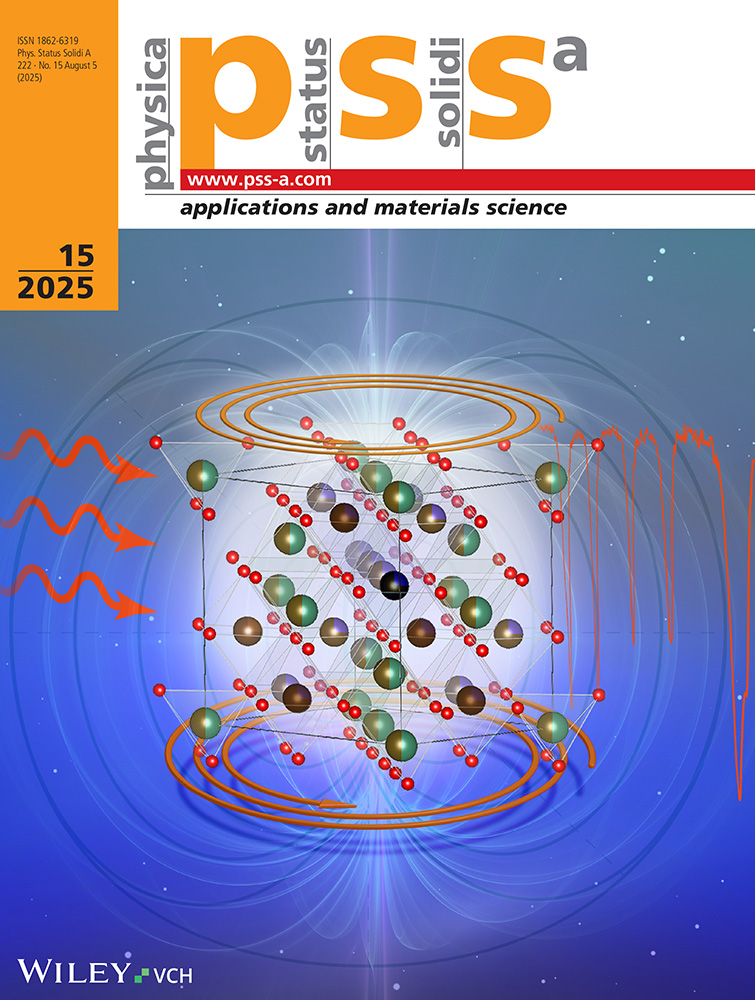Oxygen Knock-Out and Other Studies in α-Irradiated Polycrystalline Bi-2212 Superconductor
Abstract
Bulk polycrystalline samples of Bi2Sr2CaCu2O8+x (Bi-2212) have been irradiated with 40 MeV α-particles. Tc increases up to a certain dose. The increase in Tc is correlated with the knock-out of oxygen, which has been verified by the determination of the oxygen contents of the irradiated samples by iodometry. A model of the knock-out of oxygen is proposed on the basis of Monte-Carlo TRIM calculations. Resistivity versus temperature of the irradiated samples shows fairly metallic behaviour up to a certain dose. Excess conductivity analysis shows a cross-over from 2D to 3D behaviour in conductivity for the unirradiated sample. However, for irradiated samples, the critical fluctuation regime sets in. The interlayer coupling strengths decrease with the increase in the irradiation dose. The sample with the highest dose shows a nonmetallic behaviour in resistivity. A detailed analysis shows a conductivity behaviour in the nonmetallic region characteristic of three-dimensional variable range hopping of charge carriers.




